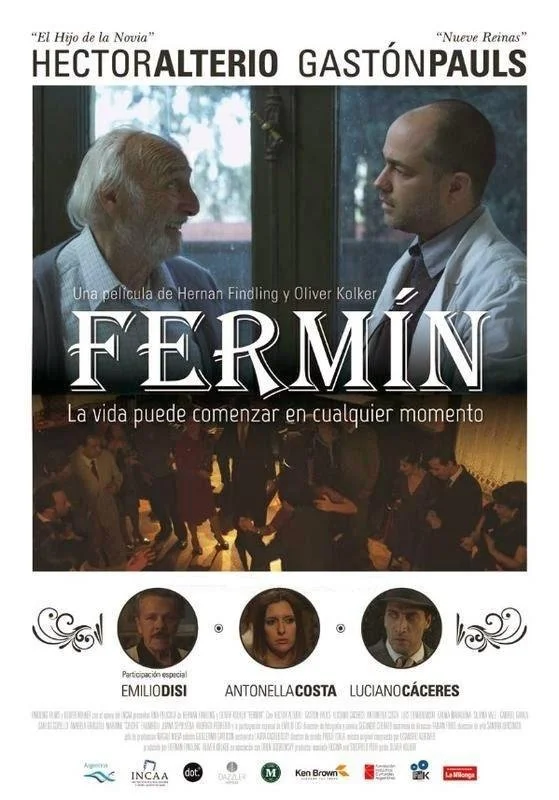What if the key to personal growth, discipline, and meaningful connection could be found on the dance floor?
This reflective piece explores how Argentine Tango—especially the analytical approach of Tango Nuevo—offers powerful insights into the pursuit of mastery, the role of passion, and the art of navigating relationships and setbacks. Through dance metaphors, timeless quotes, and grounded life philosophy, you'll discover how to move with intention, improvise through challenges, and pursue your fullest, most authentic self—one step at a time.
Read More



















